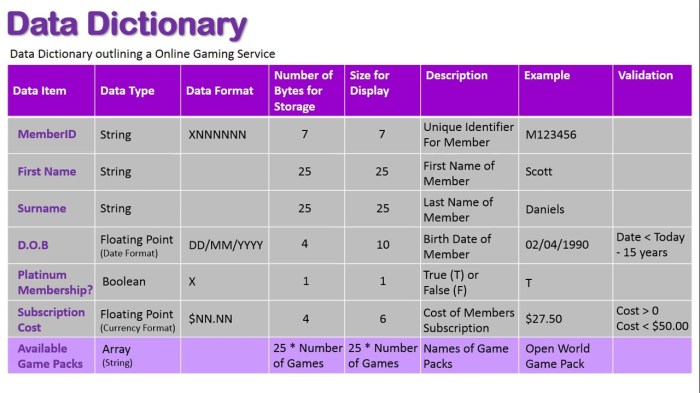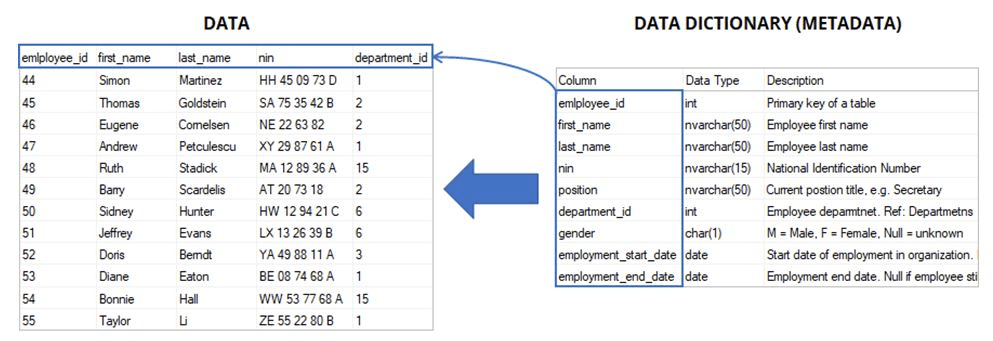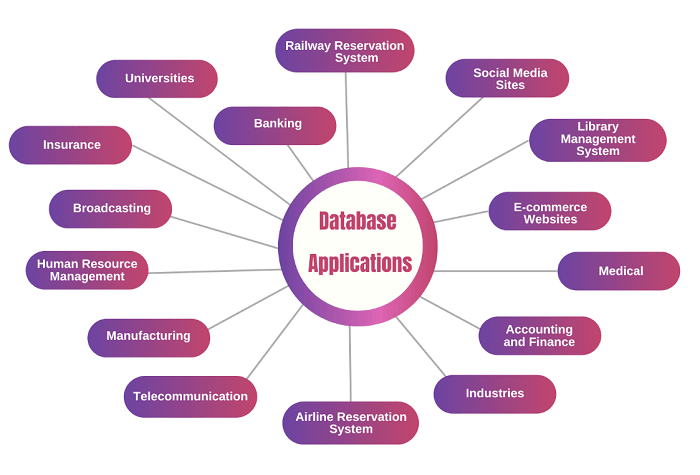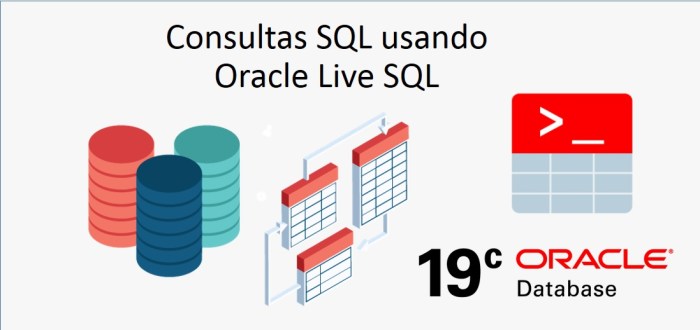A dbms uses the data dictionary to perform validation checks. – A data dictionary plays a crucial role in the functioning of a database management system (DBMS), serving as a central repository of metadata that guides the DBMS in performing validation checks on data input and queries. This article explores the purpose, structure, and benefits of using a data dictionary for validation, highlighting its significance in ensuring data accuracy and integrity within a database.
The data dictionary contains comprehensive information about the database schema, including table definitions, column constraints, and user privileges. This metadata enables the DBMS to verify the validity of data during insertion, updates, and queries. Validation checks performed using the data dictionary include data type validation, range checking, and referential integrity checks, which help prevent data anomalies and maintain data consistency.
Data Dictionary in DBMS

A data dictionary is a repository of metadata that contains information about the structure and organization of a database. It provides a centralized source of information about the database, including its tables, columns, data types, constraints, and relationships.
The data dictionary is used by the database management system (DBMS) to perform various tasks, including validation checks on data input and queries, optimization of query execution plans, and generation of reports and documentation.
Key Components and Structure of a Data Dictionary, A dbms uses the data dictionary to perform validation checks.
- Table definitions:Information about the tables in the database, including their names, columns, data types, and constraints.
- Column definitions:Information about the columns in the database, including their names, data types, constraints, and relationships to other columns.
- Constraints:Information about the constraints defined on the tables and columns in the database, such as primary keys, foreign keys, and check constraints.
- Relationships:Information about the relationships between the tables in the database, such as one-to-many and many-to-many relationships.
- User privileges:Information about the privileges granted to users to access and modify the data in the database.
Validation Checks using Data Dictionary

The DBMS uses the data dictionary to perform validation checks on data input and queries to ensure that the data entered into the database is valid and consistent.
The types of validation checks that can be performed using the data dictionary include:
Data Type Validation
The DBMS checks the data type of the data being entered to ensure that it matches the data type of the column it is being inserted into.
Range Checking
The DBMS checks the value of the data being entered to ensure that it falls within the range of values allowed for the column.
Referential Integrity Checks
The DBMS checks the value of the data being entered to ensure that it references a valid row in another table.
Benefits of Using Data Dictionary for Validation
- Improved data quality:Validation checks based on the data dictionary help to ensure that the data entered into the database is accurate and consistent.
- Reduced data errors:Validation checks help to prevent data errors from being entered into the database, which can lead to data anomalies and inconsistencies.
- Increased data security:Validation checks help to prevent unauthorized access to and modification of data in the database.
Best Practices for Data Dictionary Management: A Dbms Uses The Data Dictionary To Perform Validation Checks.

To ensure the accuracy and effectiveness of the data dictionary, it is important to follow best practices for its management and maintenance.
- Keep the data dictionary up-to-date:The data dictionary should be updated whenever changes are made to the database schema.
- Automate data dictionary updates:The process of updating the data dictionary can be automated using tools or scripts.
- Manage data dictionary access and permissions:Access to the data dictionary should be restricted to authorized users only.
FAQ Resource
What is the primary purpose of a data dictionary in a DBMS?
A data dictionary serves as a central repository of metadata that defines the structure and constraints of a database, enabling the DBMS to perform validation checks on data input and queries.
How does a DBMS use the data dictionary to perform validation checks?
The DBMS utilizes the data dictionary to verify the validity of data based on predefined rules and constraints, such as data type validation, range checking, and referential integrity checks.
What are the benefits of using a data dictionary for validation checks?
Validation checks based on the data dictionary improve data quality, reduce data errors, enhance data security, and prevent data anomalies, ensuring the accuracy and integrity of data within a database.
